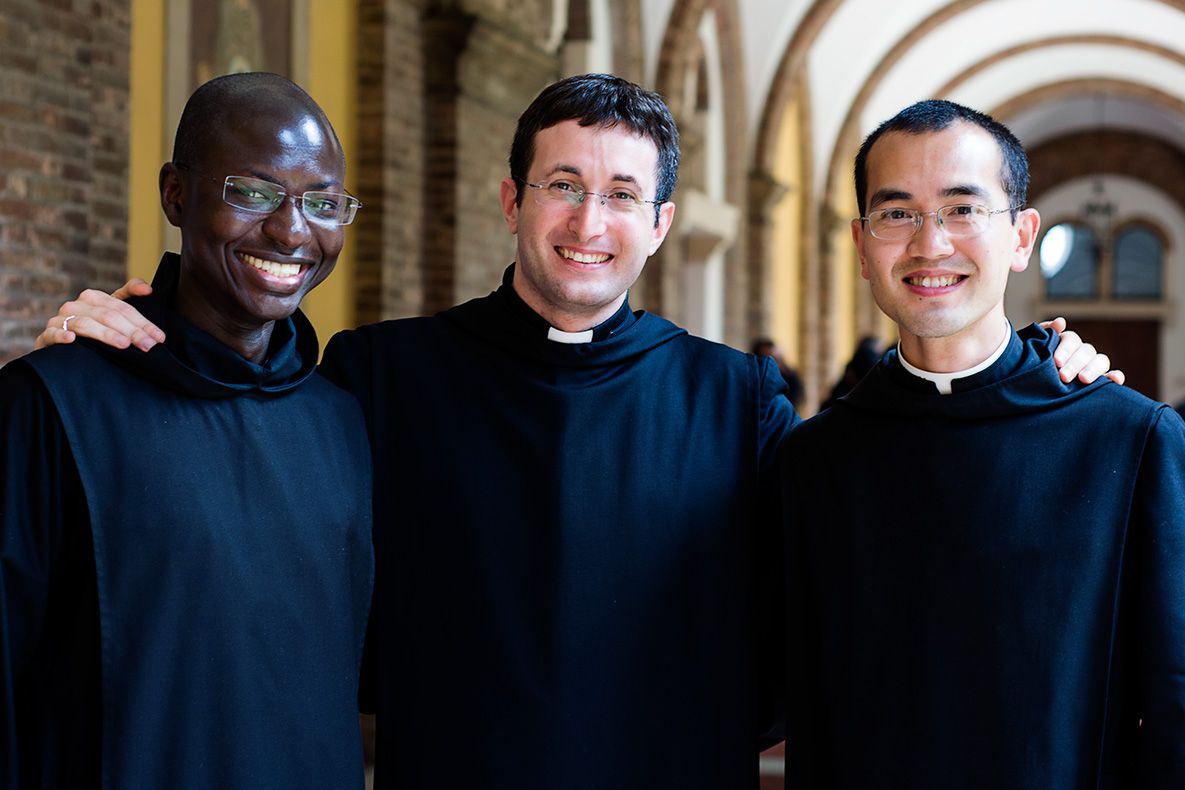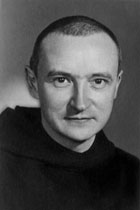
Anselm Stolz
1900-1942
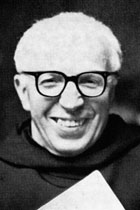
Cipriano Vaggagini
1909-1999
Some of his most interesting studies, such as those related to sapiential theology, were published in the text “The theological sense of the liturgy. Essay of general theological liturgy ” (Rome 1957).
He filled numerous roles within Sant’Anselmo: dean of the faculty of theology, vice-rector and rector from 1974 to 1978. He was also one of the “fathers” of the Pontifical Institute of Liturgy.
In Milan he participated in the foundation of the theological faculties of Northern Italy.
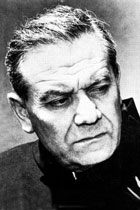
Salvatore Marsili
1910-1983
He was the editor of Rivista Liturgica from 1948. From 1960 he taught liturgy at Sant’Anselmo, where he was also the first coordinator of the Pontifical Institute of Liturgy.
From 1972 to 1979 he was abbot of the Santa Maria Abbey of Finalpia.
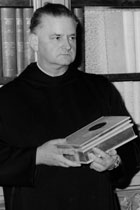
Kassius Hallinger
1911-1991
From 1954 he began working on the monumental project Corpus Consuetudinum Monasticarum, which he was able to personally take care of until 1987 (the last five volumes were published posthumously between 1996 and 2010). Among the numerous publications that aroused considerable scientific interest were those dedicated to Saint Benedict and Saint Gregory Magnus (1957). During his academic career he was awarded numerous prizes and medals.
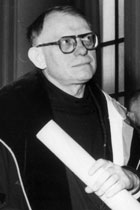
Jean Leclercq
1911-1993
From 1955 he was a professor at Sant’Anselmo. His most important work, “The love of letters and the desire for God” was published in 1957. Among his publications we find numerous studies dedicated to the works of St. Bernard.
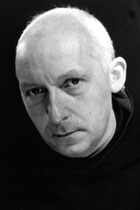
Adrien Nocent
1913-1996
In the years following, he deepened his studies of liturgy in Paris.
During the years when he taught liturgy at Sant’Anselmo, he participated in numerous conferences in Italy, Africa and the USA. During the Second Vatican Council, he was responsible for drafting the new versions of the lectionary and special rites.
In 1984 he was appointed director of the new magazine, Ecclesia Orans. It was he who wrote the comment on the liturgical year “Celebrer Jesu Christ”.

Adalbert De Vogüe
1924-2011
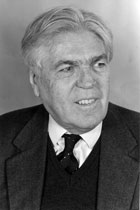
Basil Studer
1925-2008
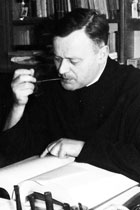
Magnus Löhrer
1928-1999

